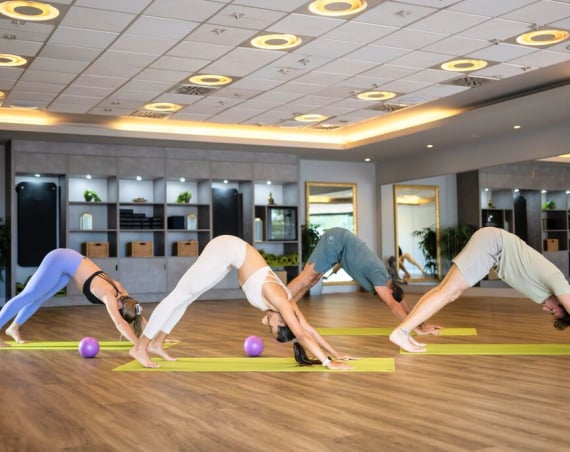Do you ever experience a late-morning low or a mid-afternoon slump? Before you dose yourself with coffee or sugar to stay alert, consider trying a new sleep technique: the micro nap.
As the name suggests, micro naps are very short periods of rest – 5 to 10 minutes. While that may seem insignificant at first glance, for some people a micro nap can pack a surprising punch.
As with all sleep-related techniques, micro naps won’t suit everyone. After all, our sleep needs and habits are individual. Read on to find out more about micro naps and explore whether these brief moments of rests could transform your afternoon energy levels.
Micro naps: An overview
Think of micro naps as mini power naps. The aim is to avoid deeper sleep stages and the grogginess that often follows.
It’s important to differentiate between micro napping and unintentional micro-sleep episodes, which are brief lapses in consciousness that occur even when trying to stay awake. Micro sleep is often caused by sleep deprivation.
Micro naps, by contrast, are a wellness practice you do intentionally. During a micro nap, your brain activity shifts towards a state of reduced wakefulness. This allows for a mini-reset, potentially boosting your mental acuity and improving memory, problem-solving abilities and creativity.
Micro naps are particularly useful if you need a short-term boost. According to one study, a brief nap provides immediate cognitive benefits, improving performance for 1 to 3 hours afterwards.
The benefits of micro naps
- Enhanced cognitive function: Research shows micro naps can improve memory, problem solving and creativity.
- Increased alertness and productivity: Combat the afternoon slump with a micro nap to feel sharper and more focused.
- Mini mood boost: Anecdotally, some people report feeling better for taking a break, however brief.
Micro naps vs long naps
While long naps have their merits, they can lead to sleep inertia – that groggy feeling you get when you wake up. Micro naps, on the other hand, are designed to be short and sweet, avoiding deeper sleep stages and minimising grogginess.
Making micro naps work for you
Identify your low-energy periods: Recognise the typical time of day when your energy dips and use micro naps to combat that.
Schedule your breaks: Consistency is key. Set specific times for micro naps in your daily routine.
Embrace alarms: Use alarms to start and end your micro nap, preventing accidental
oversleeping.
Mindful moments: Treat your micro naps as mini-meditations, focusing on deep breathing and relaxation.
Include white noise: Incorporating white noise or other sleep sounds can create a peaceful environment for your micro nap.
Stay hydrated: Dehydration can contribute to fatigue. Drink plenty of water throughout the day.
Micro naps and night-time sleep
Micro naps aren’t a substitute for getting enough sleep at night. Chronic sleep deprivation can be detrimental to your health, impacting everything from your cognitive function to your risk of chronic diseases, so talk to your doctor if you’re consistently unable to get enough sleep for you.
While not meant to replace quality night-time sleep, micro naps can indirectly improve it by helping to manage sleep anxiety. If you struggle to drift off at night, micro naps can help manage anxiety by providing reassurance that you are able to fall asleep.
What’s more, a study found that a 10-minute nap is the most restorative length after a night of restricted sleep.
Micro naps can be powerful tools in the fight against modern-day sleep challenges. They can improve focus, combat sleep deprivation, and boost productivity. Remember, timing and brevity are key to their effectiveness. Embrace the science of short slumbers and see how micro naps can enhance your wellbeing.
For another way to take a break from the every day, take a look at our guide to the art of niksen.
Words by Carlie Barlow
Find a club



